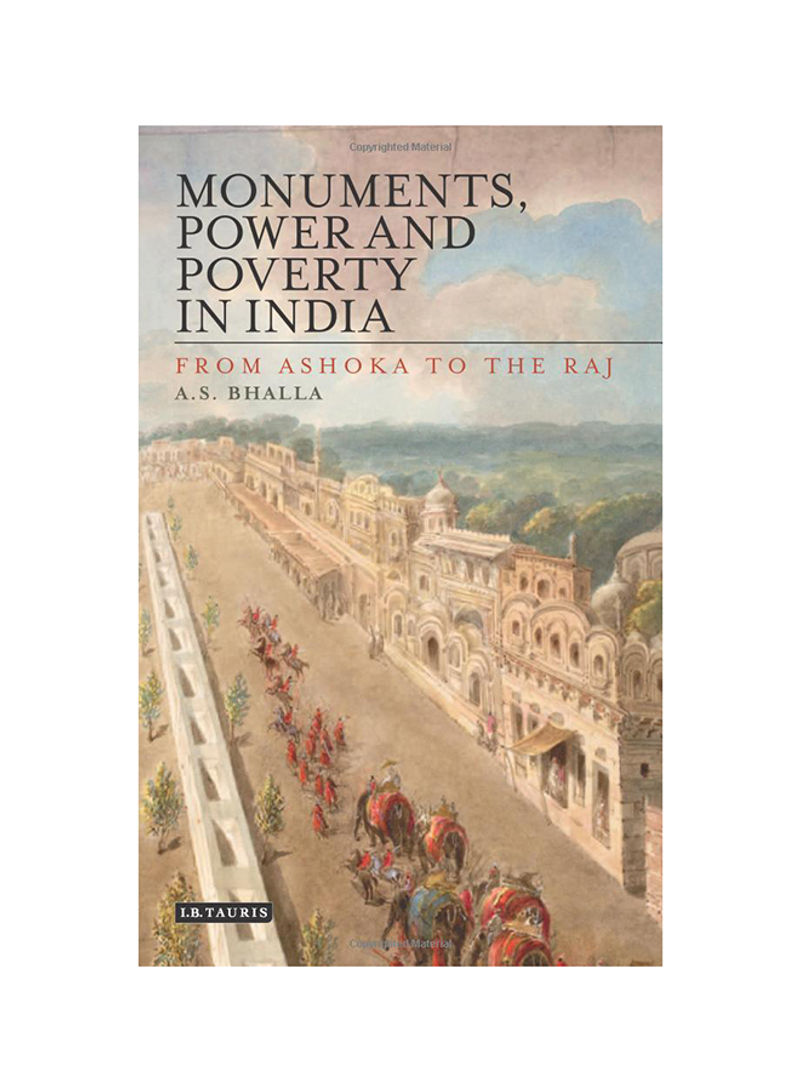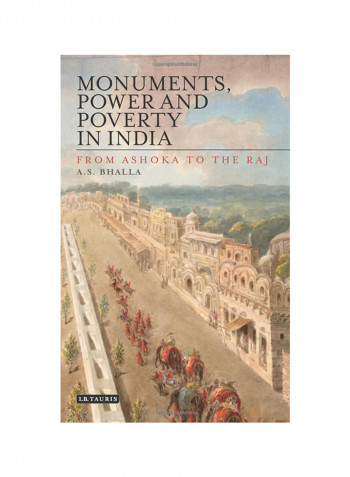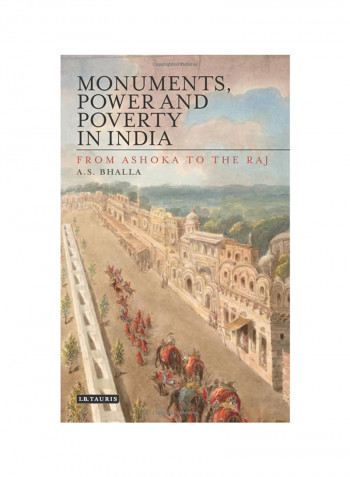Monuments, Power And Poverty In India: From Ashoka To The Raj Hardcover
Recommend
Sort by
Rating
Date
Specifications
Author 1
A. S. Bhalla
Book Description
Much has been written about the Imperial architecture of the Indian subcontinent, but this is the first book to dig deeply into the extent of imperial extravagance set against the economic and social deprivations of ordinary subjects. Bhalla uses an extensive collection of illustrations to complement this apparent paradox, assessing three Indian empires - Hindu, Muslim and British. From the 3rd century BC through to the end of British colonialism, splendid and often deliberately ostentatious buildings glorified the contemporary social structures. Through comparisons and contrasts, from the mausolea and palaces of the Mughals to the government buildings and memorials provided by the British, this is a comprehensive and well-researched overview of a country whose architectural history gives important insights into the diversity of its rulers.
ISBN-10
1784530875
ISBN-13
9.78178E+12
Language
English
Publisher
I.B.Tauris and Co. Ltd.
Publication Date
9/30/2015
Number of Pages
256
About the Author
A.S. Bhalla is a Special Professor at the School of Contemporary Chinese Studies, University of Nottingham, UK and was formerly Fellow of Sidney Sussex College, Cambridge and Special Adviser to the President of International Development Research Centre (IDRC), Ottawa. Earlier he had a distinguished career in the United Nations Civil Service. He has held academic positions at Cambridge, Oxford, Yale and Manchester. He is the author of Poverty and Exclusion of Minorities in China and Indi a, Royal Tombs of India and Poverty among Immigrant Children in Europe, among other publications.
Editorial Review
This book offers a fascinating comparison of the various architectural legacies of the empires that have ruled India over the centuries, and their impact on Indian society more generally. It will make an important and original contribution to Indian studies at a time when it is being increasingly realised that multi disciplinary approaches are needed to deepen our understanding not only of the past, considered as history for its own sake, important as that may be, but of the way it continues to shape the contemporary world we live in. -James Mayall, Emeritus Sir Patrick Sheehy Professor of International Relations, University of Cambridge



